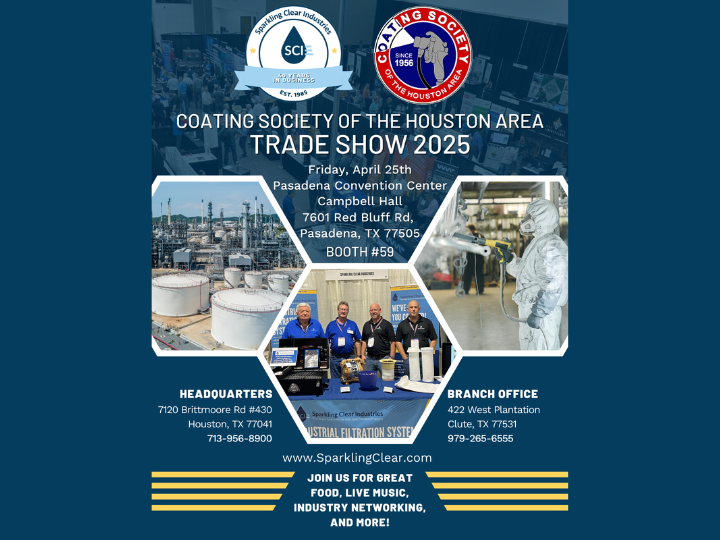Welcome to the Sparkling Clear Industries Water Treating Blog. Our topic for today will be the techniques used to produce the correct water chemistry for the brewing of beer.
At one time or another, the various forms of advertising from the major breweries have boasted about the quality of the water used to make their beer. This makes sense because the main ingredient in the brewing of beer is water. But as with any recipe, while not everything is real important, nothing is unimportant. And the interaction of the various ingredients in beer with the water will determine the type and quality of the finished product. In Germany where brewing beer has been going on for centuries there’s even a word for it – bierernst – which means “deadly serious” and translates literally as “beer serious”. Their thinking, as well as the thinking of the brewers in America, is that in beer brewing everything is important.
Adherence to standards, including the water, was so important that in 1516 Duke Wilhelm IV of Bavaria decreed that only hops, barley, water and later, yeast were allowed in every stein. This edict, known as the German beer purity law or Reinheitsgebot, has served Bavaria very well and for the last century the rest of Germany.
Experience in the art of brewing beer began to show that the natural water chemistry in a given locale produced a beer slightly or in some cases, very different from the beer in another area. While the water alone does not account for these differences, water chemistry does have an effect on the type and flavor of beer. When using natural waters a brewery may be limited to producing a narrow range of beers. But as you can tell by visiting the beer section of your local grocery store, some other breweries (usually a craft brewery) can produce a much broader selection.
In most cases this is done through the use of different waters for brewing beers with the goal of producing a specific taste. But how can a single location have so many different sources of water? In commercial applications where consistency of batches is important, this is most often accomplished through the use of some form and level of demineralization. Once the natural minerals are removed from the water, specific minerals can be added back to produce a water that mimics the natural water of any locale in the world.
In addition to the demineralization/mineral addition phase, there is a need to filter the incoming water to remove any suspended solids and activated carbon to remove the chlorine or chloramines. Once the fermentation process has concluded, the beer needs to be filtered to remove the sediment (usually the depleted yeast) and toward the end of the process, final polishing filtration to produce a sediment-free beer.
The result of these treatment processes is that a brewery in Longview, Texas or Milwaukee, Wisconsin can produce a beer traditionally brewed in Europe that is virtually indistinguishable from the European counterpart.
Sparkling Clear (SCI) has been providing products and services to the industrial community along the Gulf Coast for over 35 years. More recently, SCI has been providing equipment and supplies to a number of the Houston area craft breweries. Our broad range of experience, equipment and supplies can accomplish all of the results mentioned in this article.
Our most recent installation is at Texas Leaguer Brewing Company, located at 13503 Pike Rd., Missouri City, Texas 77489. Their opening weekend is this Friday and Saturday, September 29 & 30th . Food Trucks-4 Beers on Tap-Commemorative Glass will be available Friday 4 to 8 p.m. and Saturday from 11 a.m. to 5 p.m. We encourage all who enjoy a good craft beer to stop by this weekend and sample their wonderful product.
The post Sparkling Clear Successfully Corrects Water Chemistry for Beer Brewing appeared first on Sparkling Clear.






